The Great Appropriation Circus: Debunking the Progressive Narrative
Examining Hazel Scott’s "Heritage Hijacked" and the Overblown Outrage Over Cultural Exchange
James Bond: You live well, Scaramanga. | Francisco Scaramanga: At a million dollars a contract I can afford to, Mr Bond. You work for peanuts, a hearty well done from her Majesty the Queen and a pittance of a pension. Apart from that we are the same. To us, Mr Bond, we are the best. | James Bond: There’s a useful four letter word, and you’re full of it.
Motion picture: The Man with the Golden Gun
Words 2,642 | Read Time 12 min | Enjoy
Foreword
“Cultural appropriation” is, by some people, a wannabe hot-button issue, often debated through the lens of whether certain traditions have been respected or distorted. The online opinion piece Heritage Hijacked: 21 Traditions White People Have Adopted dives into this conversation by exploring how various cultural elements have been embraced and redefined in American contexts. That dopey drivel by Hazel Scott from the not-so-well-known “Pulse of Pride - Championing Diversity and Challenging Inequality” site found its way onto my browser home page. Quite a glaring testament to the overpowering influence of the puffy progressive worldview. It’s like tuning into NPR radio, where cultural appropriation is the hot-button issue of every single day, debated with the fervor of whether certain traditions are respected or distorted.
From yoga to sushi and rock ‘n’ roll to tattoos, that putrid progressive piece by Scott uselessly “examines” how these practices, often rooted in rich histories, have been “commercialized and mainstreamed.” While some view these transformations as cultural theft, others see them as a form of global exchange and adaptation. This essay aims to balance the appreciation of cultural origins with an understanding of how traditions evolve and find new life in diverse settings.
The Crummy Article
Step up to DNC’s circus ring of dopey donkeys and that never-ending event’s theme: “The Progressive Mind Meld.” And within that goofy green ecosystem is the dystopian Mysterious mRNA Mind Meld. Thus, my cogent-minded Substack friends, it is time to set the record “straight” [microagresson alert!] concerning the following progressive-inclined talking points contained in Heritage Hijacked: 21 Traditions White People Have Adopted.
Ready to cringe at how much cultural appropriation is masked as American innovation? Here are 21 things white Americans have co-opted, rebranded, and often butchered, ignoring their rich and diverse origins. It’s time to set the record straight.
Cringe? Well, Hazel Scott, we will shortly see that the caucasian cringe that induces your neverending gas pain is a matter of your projection.
1. Yoga
Yoga, which originated in ancient India over 5,000 years ago, has been commercialized in the U.S. It’s a billion-dollar industry often taught without acknowledging its spiritual and cultural roots. No, it’s not just a trendy exercise routine.
The nauseating notion that yoga in the U.S. is a case of cultural appropriation is just plain ignorant of the reality of cultural exchange—and conveniently ignores the fact that Indian spiritual leaders intentionally shared yoga with the world. For over a century, they’ve been spreading this practice far beyond its cultural roots, so the idea that it’s being “stolen” is more than a little absurd. As yoga gained traction in the West, it naturally adapted to local preferences, often emphasizing the physical side of things. But guess what? That doesn’t erase its spiritual and cultural origins—many practitioners still respect and honor those roots. The commercialization of yoga has made it accessible to millions without watering down its essence, and it’s sparked a greater interest in Indian culture and philosophy. Traditional yoga is still alive and well, practiced by people all over the globe, proving that this is a shining example of cultural exchange done right—not some misguided case of appropriation. So, let’s drop the drama and recognize the success story of yoga’s global journey.
On a serious note, knowing about potential dark spiritual concerns associated with yoga is important. Seeking expert guidance is crucial to ensure safe and informed practice, and it is a responsibility that all practitioners should take seriously.
2. Rock ‘n’ Roll
The foundations of Rock ‘n’ Roll lie in African American blues, gospel, and jazz. Legends like Chuck Berry and Little Richard were pioneers, but somehow, Elvis Presley gets all the glory. No, Elvis did not invent Rock ‘n’ Roll.
The mind-numbing claim that Elvis Presley somehow single-handedly invented Rock ‘n’ Roll is a prime example of historical amnesia. Sure, Presley became the face of the genre, but let’s not pretend he pulled it out of thin air. Rock’ n’ Roll was already simmering in the melting pot of African American musical traditions like blues, gospel, and jazz long before he swaggered onto the scene. Elvis was more of a delivery guy who got the Rock ‘n’ Roll package to mainstream America, not the genius who put it together. And let’s get one thing straight: giving Elvis his due for popularizing the genre doesn’t erase the monumental contributions of legends like Chuck Berry and Little Richard, who were laying down the tracks while Elvis was still figuring out his hip swivel.
Their influence is the bedrock of Rock’ n’ Roll, and pretending otherwise is just willful ignorance. That isn’t about diminishing anyone’s role but recognizing the messy, collaborative evolution of the genre. If anything, the fact that Elvis got all the glory says more about the racial dynamics of the time than about who invented what. Thankfully, the real pioneers are finally getting their recognition, so we can stop acting like Elvis was some musical messiah. He was part of a bigger story—one that involved a lot more people and a lot more creativity than he’s often given credit for.
3. Sushi
Sushi is a traditional Japanese cuisine, now Americanized into rolls like the California roll. The intricate history and cultural significance are often overshadowed by Western adaptations. No, it’s not just a cool way to eat raw fish.
This argument flatlines from the start because, yes, Virginia, sushi isn’t just “raw fish.” Yet the American obsession with things like the California roll should be seen as a win for cultural exchange and culinary creativity, not some cultural crime scene. Yes, sushi has deep roots in Japanese culture, but food evolves—deal with it. The global rise of sushi has sparked a broader appreciation for Japanese cuisine, making it more accessible and inviting people to explore the traditional stuff. So, while Americans toss avocado into their rolls, they’re also keeping sushi relevant and thriving, even half a world away from its birthplace. And guess what? The Japanese culinary community isn’t crying foul—they’ve embraced these twists, seeing them as a way to spotlight Japan’s rich food heritage. So, instead of whining about “cultural appropriation,” let’s recognize that the Americanization of sushi is another chapter in the ever-evolving story of food culture. It’s not erasing tradition; it’s expanding the menu.
4. Cinco de Mayo
Cinco de Mayo, originally a Mexican holiday celebrating the victory over French forces, has been turned into a drinking fest in the U.S. Brands like Corona and restaurants like Chili’s have commercialized it, ignoring its historical significance. No, it’s not just an excuse for a party.
Let’s get real: Cinco de Mayo in the U.S. has strayed pretty far from its original purpose of marking Mexico’s victory over French forces. But calling its commercialization “cultural appropriation” is a stretch. We’re seeing how cultural traditions can morph and take on new life in different settings, often boosting awareness and appreciation for the culture they come from. So, Cinco de Mayo might now be more about margaritas and tacos than history. Still, it’s also gotten a lot of people curious about Mexican culture who might not have given it a second thought otherwise. This shift underscores the strong cultural ties between Mexico and the U.S., showing how much people love Mexican food and traditions.
For Mexican Americans, Cinco de Mayo isn’t just an excuse to party but a meaningful symbol of cultural pride and identity. So, rather than crying foul over cultural appropriation, maybe we should see the Americanized Cinco de Mayo for what it is: a cultural exchange that celebrates and respects Mexican heritage. Plus, let’s be honest: Mexican food is so tasty; who wouldn’t want to self-identify as Mexican?
5. Belly Dancing
Belly dancing, with roots in Middle Eastern and North African cultures, has been appropriated as a fitness trend. Stars like Shakira have brought it to the mainstream, often without acknowledging its rich cultural context. No, it’s not just a new workout craze.
The idea that turning belly dancing into a fitness craze amounts to cultural appropriation is about as shallow as it gets. It completely misses the point about how cultural exchange and artistic evolution work. Belly dancing, with its roots in Middle Eastern and North African traditions, has grown into a global art form because it’s beautiful and expressive, not because it was stolen. When an art form crosses cultural boundaries, it doesn’t get “appropriated”—it evolves, taking on new meanings and resonating with different audiences. Look at how artists like Shakira have brought belly dancing into the mainstream. That isn’t theft; it’s cultural appreciation on a grand scale, sparking interest in the dance’s origins and drawing more people into its rich history. And let’s not forget that adapting belly dancing for fitness is about making the art form accessible to everyone, giving people a taste of its benefits while often encouraging them to learn more about its cultural background. So, calling this cultural appropriation ignores how cultural exchange enriches both the original and the adopted cultures.
The worldwide popularity of belly dancing doesn’t dilute its significance—it amplifies it, ensuring that it stays relevant and respected. As for those belly dancing scenes in classic James Bond movies like The Man With The Golden Gun, it must be absolute torture for the cultural appropriation police like Hazel Scott. But for the rest of us, it is just another example of how this dance has captivated audiences worldwide.
6. Dreamcatchers
Dreamcatchers, sacred objects in Native American cultures meant to protect sleepers from bad dreams, are now mass-produced and sold as decorative items. Retailers like Urban Outfitters have turned them into mere fashion accessories. No, it’s not just something to hang on your rearview mirror.
The idea that selling dreamcatchers as decor is some grand act of cultural appropriation is another oversimplified take that misses the bigger picture. Dreamcatchers hold deep spiritual significance in Native American cultures, especially among the Ojibwe, but their popularity across different cultures doesn’t cheapen their value—it amplifies it. People worldwide appreciate dreamcatchers not because they want to steal a culture but because these symbols resonate with something universal. Sure, mainstream adoption can increase awareness and respect for Native American traditions—assuming it’s done right.
Commercializing cultural symbols isn’t inherently evil, especially when it benefits Native American artisans and communities. The real issue is ensuring that when we see dreamcatchers hanging in stores or homes, it is a nod to their true significance, not just as another trendy accessory. So, let’s ditch the hand-wringing over “cultural appropriation” and recognize that embracing these symbols can foster a deeper understanding of Native American heritage. And honestly, selling dreamcatchers is a crime against culture? That’s just a progressive fever dream, completely missing the point of what cultural exchange is really about.
7. Tattoos
Tattoos have deep cultural significance in many indigenous communities worldwide. In the West, they are often adopted as fashion statements, popularized by celebrities like Justin Bieber and Miley Cyrus, who rarely acknowledge their historical and spiritual roots. No, it’s not just body art.
It seems like Hazel Scott is bravely venturing into the land of the Bieberites and the Miley-ans, where making fun of their sacred idols might get her a ticket to a social media skirmish. Aiming at secularly worshipped heroes, she’s decided to remind us that tattoos have been more than just decorative Instagram fodder for much longer than the pop star pair has been around. Maybe Justin and Miley are on a secret quest to reconnect with ancient cultural practices—through a new tattoo of a doughnut or an eye that’s both crying and winking simultaneously.
Nevertheless, the idea that tattoos becoming a fashion trend in the West is some cultural appropriation is a classic case of missing the forest for the trees. Yes, tattoos have deep roots and spiritual significance in many Indigenous cultures. Still, their rise as a global art form isn’t about disrespecting those origins but their universal appeal and how they resonate differently across cultures. In the West, tattoos are more about personal expression or aesthetics than about stealing someone else’s culture. This broader acceptance of tattoos shows how cultural practices can evolve and adapt, often leading people to dig deeper into their history. And sure, I might not be a fan of tattoos, especially when they’re a little too in-your-face, but let’s get real: calling this trend “cultural appropriation” misses the point. It’s more about how cultural symbols can transcend their original meanings and be reinterpreted in new contexts, enriching the conversation rather than shutting it down. So, who’s got ink? Colin!
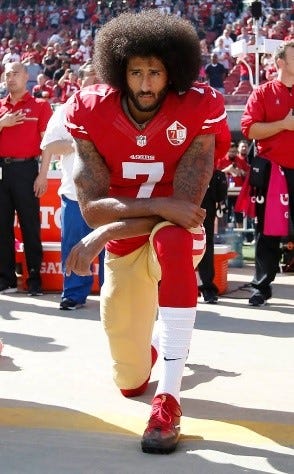
But wait, there is more, a lot more. But you have to go there yourself, as Hazel Scott’s items 8 through 21 aren’t even worth the breath it would take to rebuke them. If you’ve read my responses to the first seven above, you’ve got all the clues you need to “get the drift.” Why waste our time diving into more of the same sludgy slop when the putrid progressive pattern is as clear as day?
Afterword
So, there you have it—21 so-called instances of cultural appropriation that, in reality, are just the inevitable result of cultures mingling and evolving. From yoga’s rise as a global workout trend to the Americanized sushi rolls that probably have more avocado than raw fish, the idea that these transformations are some grand theft is as outdated as a dial-up modem. It’s almost comical how the same putrid Pavlovians who lament “xenophobia” with one breath have the gall to cry “cultural appropriation” with the next. If we’re going to start accusing every cultural adaptation of theft, we’d better brace ourselves for a world where nobody can enjoy anything without a guilt trip. Perhaps it’s time to acknowledge that cultural exchange is a two-way street, and maybe there’s room for a little appreciation without all the putrid-Pavlovian-progressive hand-wringing.
All the above notwithstanding, the putrid, perverted Pavlovian progressive puppets have another arrow in their quiver: microaggressions.
Parting Shot
And speaking of the progressive dream known as “cultural appropriation,” let’s not forget the hypocrisy that brews when self-proclaimed guardians of cultural purity flock to an Irish pub. Nothing screams authenticity like sipping Guinness and devouring shepherd’s pie under shamrock decor while complaining about others “stealing culture.” The irony? They’re knee-deep in “cultural approbation,” reveling in the very act of cultural adaptation they so vehemently decry. A toast, then, to the cultural police in their quest to appropriate a bit of that Gaelic charm without pausing to ponder their putrid projected paradox. Sláinte!
Anti-Woke Closing
Play it often; play it loud. Irriate the Willfully Overlooking Known Evil (WOKE) ecosystem. 📕
I warmly encourage you to consider becoming a paid subscriber if you have the means. Tips are appreciated, too. Regardless of your choice, your support is deeply appreciated. From the bottom of my heart, thank you for your invaluable support!








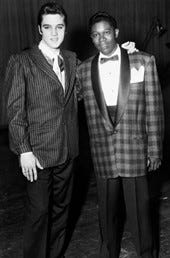
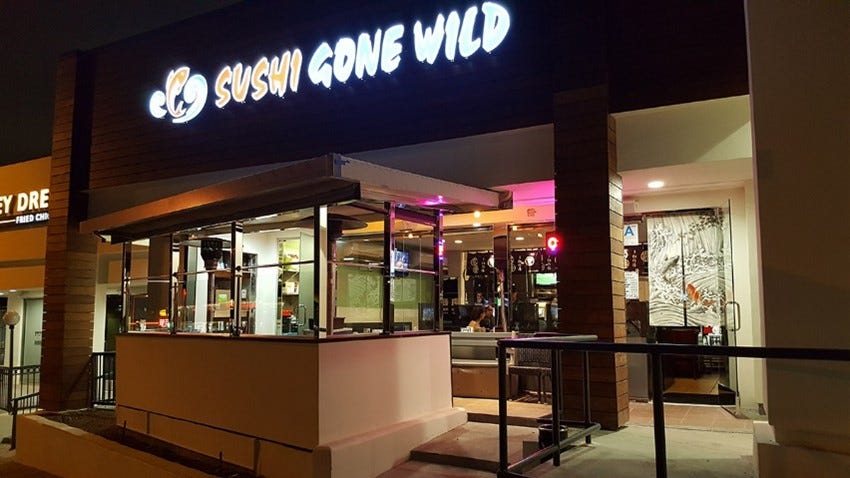
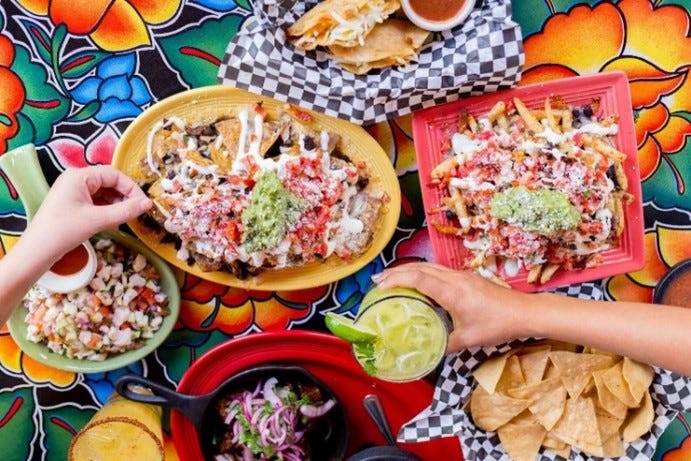

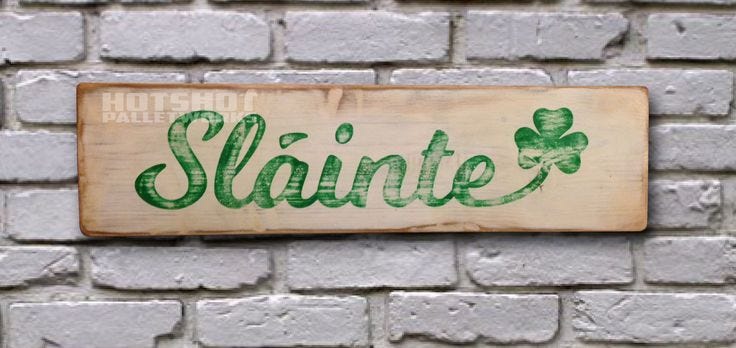

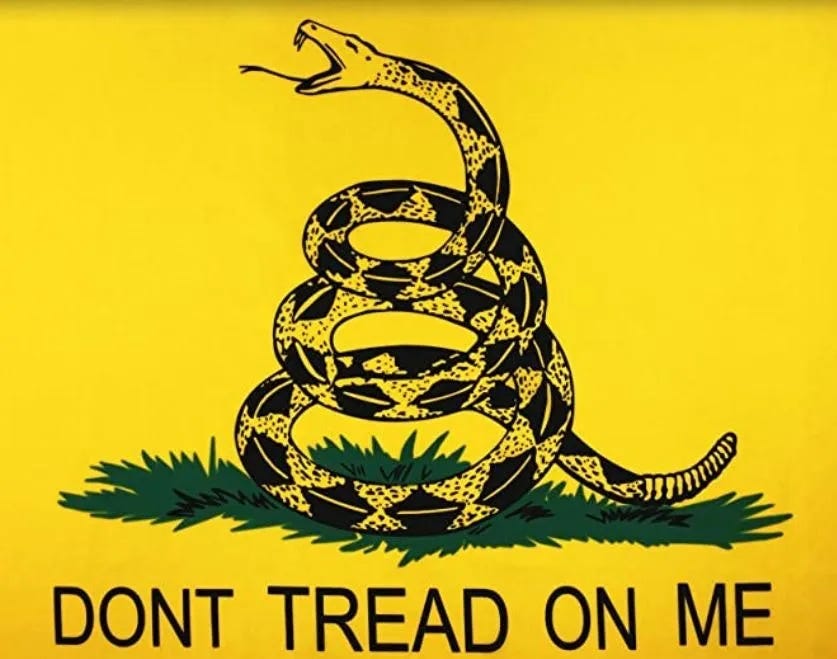
Mr. Smith, I am blown away by your observations and comments on this column, as well as the comments made by your readers. A most intelligent discussion!
Better late than never, -Edwin
An excellent topic well covered. I think this cultural appropriation should go both ways.
For example, Nikola Tesla, a white Serbian European American invented alternating current, used across the world and here in America by those who claim their cultures are being appropriated.
Alexander Graham Bell, white, Scottish-born Canadian-American inventor, scientist, and engineer invented the telephone used by those complaining about their cultures being appropriated.
Martin Cooper, a white Chicago born American, invented the cell phone these other cultures carry while complaining about theirs being appropriated.
Maybe we ought to point this out.